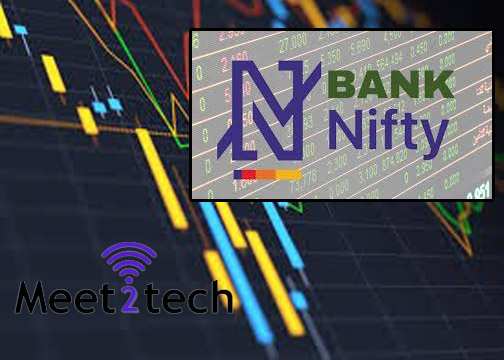Understanding Bank Nifty: A Comprehensive Guide to Trading Strategies
Introduction to Bank Nifty: Bank Nifty, officially known as the Nifty Bank Index, is an index designed to reflect the performance of the banking sector in the Indian stock market. It comprises the most liquid and large capitalized banking stocks listed on the National Stock Exchange of India (NSE).
Key Components: The index includes major public and private sector banks. Some of the prominent banks in the Bank Nifty index historically include State Bank of India (SBI), HDFC Bank, ICICI Bank, Kotak Mahindra Bank, Axis Bank, and others.
Historical Performance: Bank Nifty has experienced various phases of growth and contraction, influenced by both domestic and international factors. Economic conditions, interest rates, government policies, and global financial trends have played crucial roles in shaping the index’s historical performance.
Volatility and Events: Like any financial index, Bank Nifty has faced periods of volatility, especially during events such as financial crises, regulatory changes, and economic downturns. For example, events like the global financial crisis in 2008 had a significant impact on the banking sector and, consequently, on Bank Nifty.
Regulatory Changes: Changes in banking regulations, monetary policies, and financial reforms by the Reserve Bank of India (RBI) have also influenced the performance of Bank Nifty. Investors often monitor regulatory developments as they can have a direct impact on the banking sector.
Performance During Economic Indicators: Bank Nifty tends to respond to economic indicators such as GDP growth, inflation rates, and interest rates. Positive economic indicators may boost the banking sector, while negative indicators can lead to downturns.
Inclusion and Exclusion of Stocks: The composition of Bank Nifty is periodically reviewed by the index management committee of NSE. Stocks can be added or removed based on their market capitalization, liquidity, and overall performance.
It’s important to check the latest information from reliable financial sources or the National Stock Exchange of India for the most current developments in the history and performance of Bank Nifty. The stock market is dynamic, and conditions can change based on a variety of factors.
- Briefly introduce what Bank Nifty is and its significance in the financial markets.
- Highlight the importance of Bank Nifty in the context of the overall stock market.
What is Bank Nifty?
- Define Bank Nifty and explain its composition (list of banking stocks).
- Discuss how it is calculated and its role as a benchmark for the banking sector.
Factors Influencing Bank Nifty:
- Explore the key factors that impact Bank Nifty movements, such as interest rates, economic indicators, and global events.
- Discuss the correlation between Bank Nifty and other market indices.
Section 3: Trading Strategies:
- Introduce basic trading strategies for Bank Nifty, including intraday trading, swing trading, and long-term investing.
- Discuss the importance of technical analysis and fundamental analysis in formulating trading decisions.
- Provide examples of popular technical indicators used in analyzing Bank Nifty.
Risks and Challenges:
- Address the risks associated with trading Bank Nifty, including market volatility and economic uncertainties.
- Discuss risk management strategies and the importance of diversification.
Case Studies:
- Share real-life examples or case studies of successful Bank Nifty trades.
- Analyze mistakes made in unsuccessful trades and extract lessons for readers.
Market Trends and Outlook:
- Provide insights into the current trends in the banking sector and how they may impact Bank Nifty.
- Offer a brief outlook on the future of Bank Nifty based on market conditions and economic indicators.
Conclusion:
- Encourage readers to continue learning and stay updated on market trends.
Call to Action:
- Invite readers to share their thoughts, ask questions, or suggest topics for future blog posts.
- Provide links to relevant resources, such as financial news websites, trading platforms, or educational materials.
- A2ZBHARAT







Leave a Reply